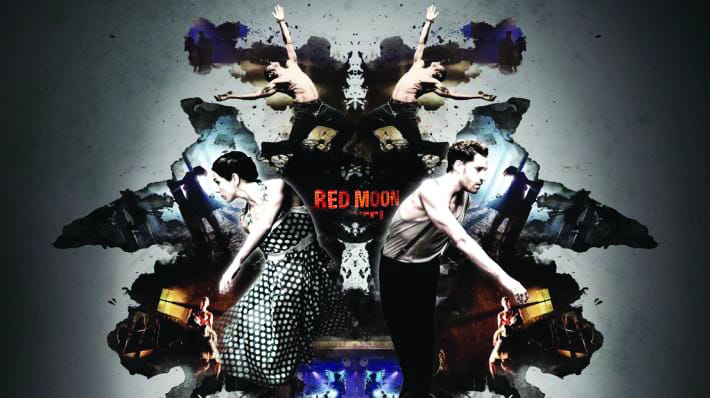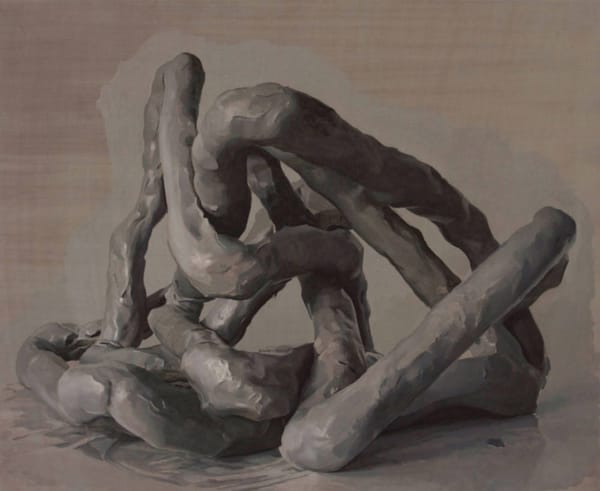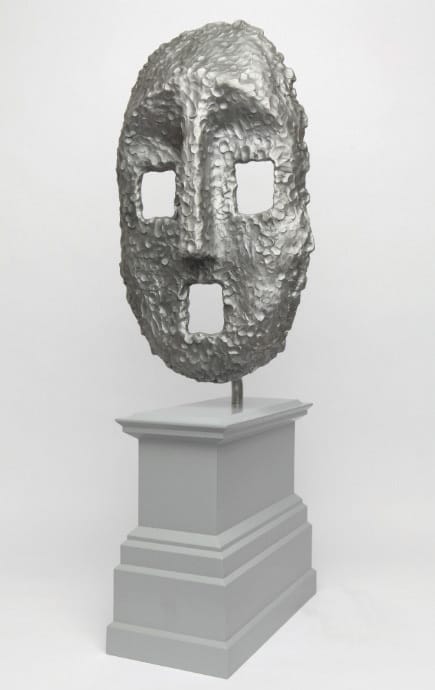Promenade theatre at its best
Fred Fyles gets punchdrunk in an abandoned sorting office

What: The Drowned Man: A Hollywood Fable (in association with Punchdrunk and the National Theatre) Where: Temple Studios, Paddington When: Until 30 Dec 2013 Price: £39.50 - £47.50, concessions £19.50
From dreamthinkspeak’s nocturnal wanderings underneath Somerset House, to the burgeoning popularity of Secret Cinema’s awe-inspiring screenings, you’d be forgiven for thinking that the traditional theatre format is dead.
But this year sees the return of Punchdrunk, the company that started it all, as they bring their immersive world to London for their ‘Hollywood Fable’ The Drowned Man. Punchdrunk’s founder, Felix Barrett, became an early champion of ‘promenade theatre’ when he founded the company in 2000, and since then they have been taking over abandoned buildings, making visitors don black masks, and leaving a trail of glowing reviews in their wake.
The Punchdrunk formula is a relatively simple one; a building is converted into an interactive theatrical space, and visitors are invited to wander around, explore the environment, and - driven by their curiosity - discover what has happened. In this case, the company inhabit an abandoned Royal Mail sorting office just outside Paddington Station, and have transformed it into ‘Temple Studios’, a 1960s film studio with a sinister underbelly. Stripped of their belongings - phones and cameras are forbidden - visitors are given masks that obscure their identity before entering the service lift, and being taken down into the bowels of the film studio.
The first surprise comes before we have even left the elevator, as the attendant splits our group into two, dropping half off at one floor, and taking the rest of us to another level. The company stress that The Drowned Manisashowthatshouldbeexplored alone - whether by choice or by force. Once we have been freed from the elevator we are allowed to wander around their creation. One half of the building is made up to look like the town around the studios, including a forest, a saloon, and a cinema where the horror classic ‘Eyes Without a Face’ plays silently, while the other half of the building is the studio itself; a world of seedy dressing rooms and resentful production artists.
Through brief snatches of interaction between the cast members, the audience begins to pick up the plot; a modern adaptation of Woyzeck, Georg Buchner’s classic tale of jealousy, power, and murder, The Drowned Man tells two parallel stories: outside the studio gates William watches as his wife Mary is seduced by Dwayne - after catching them in the act, William kills Mary in the wilderness. Meanwhile, inside the studio, Wendy is shooting a film and suffering from violent hallucinations, and when her husband Marshall falls in love with the studio’s queen bee Dolores Grey, Wendy murders him. These two tales intertwine, and loop back around each other, with parts being repeated throughout the evening, conjuring up an unnerving atmosphere of fear, paranoia, and confusion.
However, while the atmosphere may be intuitive to those attending, the plot proved difficult to penetrate. Punchdrunk doesn’t make things easy for the viewers, forcing them on a wild goose chase around the studios in order to track down the fragments of the story, meaning that most people will not see all parts of the production. Combine this with minimal dialogue and a large dose of interpretive dance choreographed by Maxine Doyle, and you have a pretty impenetrable story.
I must admit that the plot didn’t make much sense to me until I read the programme in retrospect. Whilst in a traditional theatre performance such a confusing plot would go down like a lead balloon, in Punchdrunk’s worlditistheexperiencethatmatters, and what an experience this is.
The set design team, led by Felix Barrett, form the cornerstone of Punchdrunk’s spectacle; quite literally thousands of props have been brought in to transform the abandoned building into the desolate studio. The themes of decayed Americana, combined with the masks, give the whole thing a Lynchian air, and the attention to detail makes me feel like I’ve stepped into an actual film. From vast forest wilderness to love letters hidden in drawers, it feels like nothing has been overlooked, giving every object a sense of importance. This is spectacular, but slightly overwhelming - you could easily spend a whole day just looking through the rooms, never mind following the story.
Being a relative late-comer to the Punchdrunk party, I don’t know how their previous productions have differed to The Drowned Man, but I do get the sense that the shows have lost some of their surprise element. It is clear that a large proportion of the people at the show have been to a Punchdrunk experience before - determined not to miss anything, they chase the actors around in packs, making some scenes impossible to see.
Perhaps the company are over- filling the space - and who can blame them when the financial status of British theatre is considered - or the anonymity provided by the masks allow members of the audience to live out their anti-social, voyeuristic fantasies, but the behaviour of those watching ruins some of the magic. Some of the best experiences I had in the show were the ones where there were very few people, and the most memorable part for me was watching a shrouded figure perform a strange ritual in a tiny chapel. When you watch a scene like that, it feels like you have stumbled across something hidden, that many other people will miss, and these experiences are few and far between.
While previous Punchdrunk shows have met with near-universal acclaim, this show has left the critics and audiences more divided, and it is not hard to see why. A dazzling level of detail in the set is belittled by the lack of attention to the audience experience - I get the feeling that this is the company at their most introspective, and it could be argued that this is theatre at its purest, where the participants play their parts irrespective of the audience. It should also be noted that, while any review of a piece of theatre relies upon a single person’s experience, with this show that is intensified; it is entirely likely that I had an experience not only slightly dissimilar, but probably completely different to some other viewers - such is the nature of Punchdrunk. But at the heart of this production, underneath the stunningly sumptuous production design, lies an incomprehensible plot and a rather uncomfortable viewing experience. I would recommend going simply for the experience - I leave the building feeling bewildered, astonished, and ever so slightly Punchdrunk.










